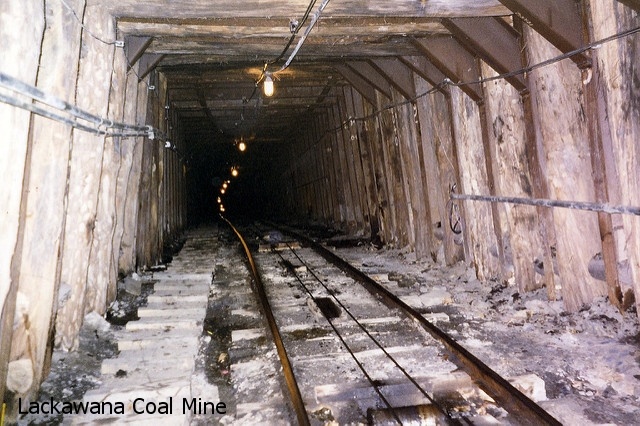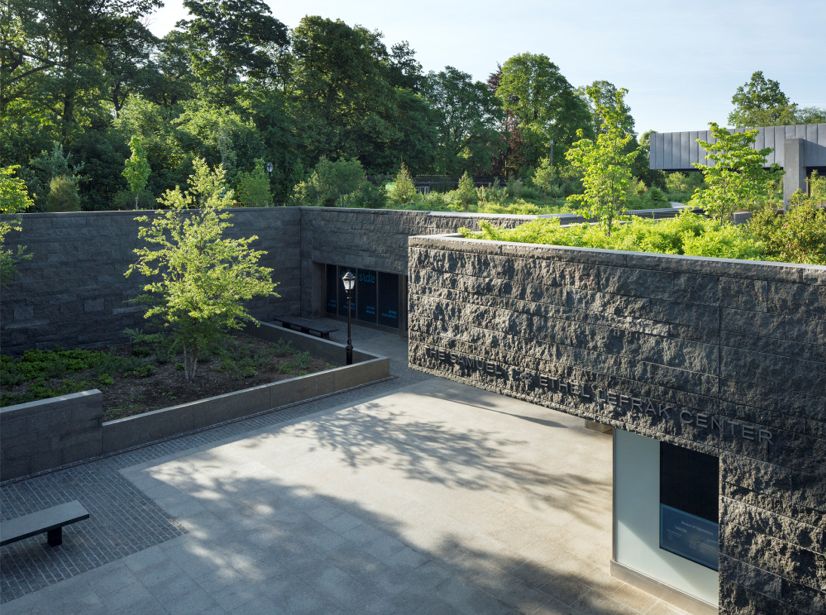The Original Green Building Material, Just How Sustainable Is Natural Stone?

We’ve all seen our fair share of Discovery Channel shows that analyze ancient temples, classical cathedrals and other feats of historic architecture. Aside from their fascinating stories and designs, there are other impressive details that hold our attention besides our musingsof being inside a Game of Thrones episode, namely their use of natural stone and the fact that they have withstood the test of time.
Before green building was a word and when green was just a color (depending on whether the written language was invented yet), ancient cultures were intuitively building with what was in their immediate area, and it was natural stone. Lucky for us, we can study how well these structures have weathered the elements and incorporate this timeless material into modern designs so let’s have a look at just how sustainable natural stone really is.
First off, it may surprise you to know that buildings themselves are the biggest greenhouse gas offenders and are responsible for about 39% of the total CO2 emissions in the US (directly related to their use of energy), even more than the transportation sector. As this trend is projected to grow at just under 2% in the next 30 years, more architects are designing with green building initiatives in mind. In fact, the number of zero-energy buildings doubled from 2012 to 2014 across 36 states, according to the New Buildings Institute, which is a good indicator of the future of building design and construction. So what does this have to do with stone?

LEED Rating System
Through the USGBC (US Green Building Council) and LEED (Leaders in Energy and Environmental Design), originally established in 1994, a Green Building rating system was introduced which includes design and construction practices that can significantly reduce or even eliminate the negative impact of buildings on the environment.
After numerous revisions and evolutions the current version of LEED, called V4, has grown to include emerging technologies as well as one in particular that isn’t so “new”, stone. There are nine credits developed that have allowed this ancient material to be evaluated in a different context, ranging from energy performance, building and materials reuse to the use of regional materials. This helps define the key characteristics of stone and its relevance to sustainable, high-performance design. Additionally, the ANSI / NSC 373 green standard for natural stone, as established by the Natural Stone Council (NSC), advocates the contributions stone provides to green building and has laid the framework for the development of a dimensional stone standard and certification program, recognizing sustainably responsible operations that position stone as a green material. “The growing green movement required us to develop standards that allow us to compare our products with others in the marketplace,” said Duke Pointer, NSC executive director.
Natural Stone Green Standards

Among a lengthy list of factors that are considered when evaluating sustainable quarry operations are sets of standards like the Chain of Custody Standard for example, whichestablishes the rules by which stone originating from a certified quarry and then processed in a certified processing facility is documented as it passes through the supply chain to its end user. The goal is to ensure that the end user who purchases certified stone for a project actually receives verified, certified stone.
As strange as it sounds, you might be surprised to know that the majority of stone you see in your local home centers and dealer’s showrooms are often quarried in one country in large, raw block form and then shipped to other countries to be processed into slabs and tiles, then shipped several more times before they make it to a regional warehouse here in the States.
This not only increases lead times in receiving products, but drastically increases the carbon footprint of the stone industry and makes it difficult to trace the life-cycle of the product itself.
As a domestic quarrier, Polycor puts a lot of emphasis on the fact that we continue to undergo important 3rd party verification processes that also evaluate the lifecycle of our products. We have a clear chain of custody since we own our quarries and we’re able to process our materials on our own equipment, at our own facilities, located here in North America, thereby having a lower Embodied Energy. This embodied energy refers to the energy required to extract, manufacture, transport, install, and dispose of building materials and directly ties into LEED. Additionally, many of these countries of origin have little or no mining and occupations safety regulations such as MSHA and OSHA to ensure proper safety and sound operating practices, which raises concerns when it comes to the working conditions of the employees as well.
Quarrying Versus Mining
Wait, aren’t these the same thing? Actually, quarrying is very different from mining and a distinction should be made between the two in that the yield of usable material is greater in quarrying, such as with natural dimension stone, versus mining which has a much lower yield of usable material, like that of coal and metals. And stone often lies very close to the surface requiring minimal removal of overlying earth, whereas mining requires deep drilling and removal to get to the raw material.
A Polycor quarry in Marble City, Oklahoma is a great example of natural stone deposits that are mindully managed with minimal intrusion.


Quarrying technology has drastically improved over the years, also increasing the efficiency and yield of finished stone with the use of diamond wires and saws. Managing excess process materials and waste, using the smallest increments in the manufacturing of stone, all the way down to the smallest pieces used in aggregate for roads and landscaping, as well as the dust and powder used as additives in plaster, cement and fertilizer are all good practices for creating a greener product. Even the small chips of marble from our Georgia Marble quarry get incorporated into the production of our Vetrazzo recycled glass surfaces and for the construction of berms and ramps within the quarry itself for structural stability and accessibility.

In fact, not only is the Georgia Marble quarry the largest open pit quarry in the world, it is also a zero-waste quarry which makes it unique in the industry.
Good quarry planning and operations also allow for eventual reclamation of the quarry site, providing excellent locations for a wide range of uses like recreational lakes, opens spaces and wildlife habitat sites providing serene settings for everyone. This can be seen at our ALBERENE SOAPSTONE™ quarry in Virginia where the magnesium-rich soil resulting from the soapstone worked here over the last century has produced a unique ecosystem that has inspired the overall design of the tranquil Quarry Gardens at Schuyler Park and which uses the stone in many creative ways throughout the area.
Some Green Projects With Polycor Stone

Lefrak Center at Lakeside Prospect Park, New York: Lakeside incorporates many green building practices, like a green roof, rainwater harvesting and recycled materials in the design and has achieved a LEED Gold rating. The sustainable design which makes extensive use of our regional LAURENTIAN GREEN™ granite in various finishes on the façade, pavers, walls and cobblestones reduces the project’s overall impact on the environment and creates a healthy setting for visitors and staff.
LEARN ABOUT SUSTAINABLE STONE FACADE SYSTEMS
FMU Performing Arts Center, Columbia, South Carolina: The 68,000-square-foot Performing Arts Center at Francis Marion University features regionally sourced GEORGIA MARBLE-WHITE CHEROKEE™for the facade and all the marble used was post-production recycled material, integrated into the design to create visual interest. For added texture, reclaimed headstones from Polycor’s monumnet division, whichsupplies all the VA cemeteries throughout the US, were inserted into the split-faced, inset walls creating alternating bands across the surface with the protruding, curved tops. Sustainable elements also include the use of remnant granite for building cladding, as well as recycled content building materials such as terrazzo, marmoleum and other materials containing renewable resources.




